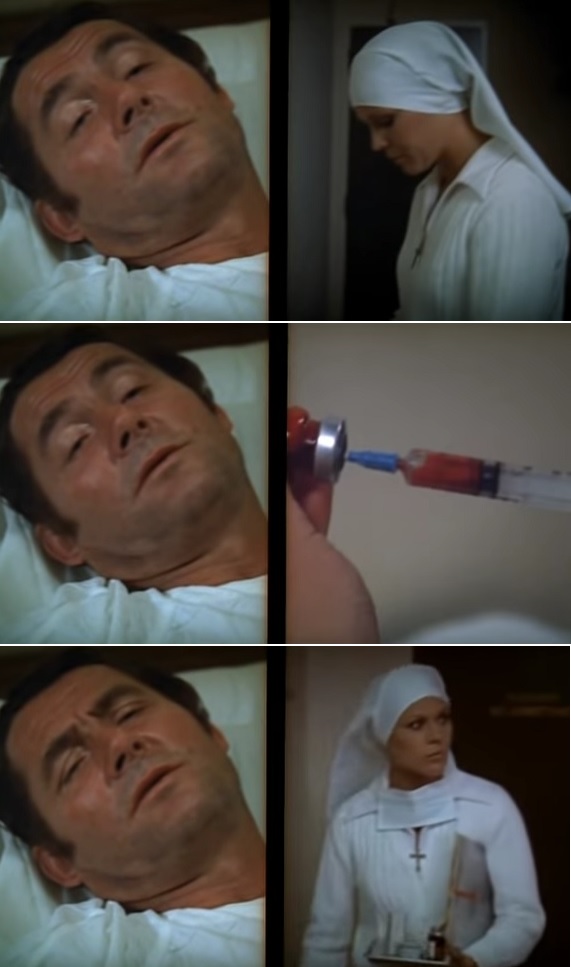IN ORDER TO DESCRIBE IT, "YOU SOMEWHAT HAVE TO TALK ABOUT IT AS TWO DIFFERENT MOVIES"

At A Fistful of Film today, "Saoirse’s Cult Corner" takes a look at Brian De Palma's Sisters:
If Obsession was de Palma’s riff on Vertigo, this is his riff on Rear Window, if, at first at least, from a different perspective. The film opens with a strange ‘Peeping Tom’ quiz show in which a real person is tricked into a compromising situation involving opportunities to prey on a vulnerable woman, here played by the iconic Margot Kidder. She pretends to be a blind woman for the show, and in a secretly filmed scenario, contestants have to guess whether the person being covertly filmed is going to grope her or not as she undresses, supposedly unaware of his presence. He doesn’t, and respects her privacy. After the airing of the game show they have a date together that’s going great until Kidder’s ex-husband, played by the phantom himself William Finley being, stupendously creepy, shows up.What follows is a 45 minute set piece that plays like a one act play for half the movie. It involves a slow build to murder and then an investigation when a neighbouring journalist sees the murder. It is unquestionably one of the most tense things I’ve ever seen as de Palma utilises his trademark split screen with the utmost aplomb with amazing visual storytelling. It at many moments plays out like the opening of Orson Welles’ Touch of Evil, which de Palma had already homaged in his movie Phantom of the Paradise, except it uses edits to juxtapose two separate plotlines playing out tangentially in real time, (where Phantom of the Paradise uses much longer takes), this lets the audience make the sums in their head as to who will get away with what, winding the tension like a ratchet. The actual editing on show here, by Hollywood legend and editor of Star Wars, Paul Hirsch, is astonishing. If you know anything about Star Wars‘s making, Paul Hirsch and Brian de Palma, amongst several other people who are not George Lucas, are the sole reason Star Wars is a well edited film, and their skill comes together here in a showcase of some of the best editing you will ever, ever see. I almost think this would be my favourite de Palma if the whole movie played out like this first half, keeping in one apartment, as a journalist who has justifiably criticised the police force is constantly ignored by them until she can uncover murder, which is what the plot of this first half is, and it’s insane and it’s intense.
The rest of the movie is still par excellence as you’d expect from de Palma. It plays out for a time almost like a preemptive to Argento’s Deep Red, with our protagonist trying to make it as a female journalist and bumping up against colourful characters who she negotiates to try to get to the bottom of this mystery. She eventually makes it to a mental ward where Margot Kidder is now becoming institutionalised and things get… weird…
So where to describe the appeals of this movie? In order to do that you somewhat have to talk about it as two different movies.
In the movie it is for most of its runtime and first, it’s a tense, knuckle-whitening thriller that explores typical de Palma themes of police corruption. Part of the reason the cops are loathe to investigate this murder is that it’s the murder of a black man, reported by a woman who we are introduced to, looking for all the world like Jane Fonda in the middle of her revolutionary period, with columns pinned on the wall about how police have failed at their jobs and suppressed people of colour in America. The storytelling is impeccable, making sure, in the way that de Palma does, that each and every element is kept track of for the audience at every moment. It means that as an audience you have to do virtually no work but it’s still at atmosphere you could cut like a knife, in part because you’re wondering how this all plays out, but also because it just plays out like a Swiss watch in how each element moves absolutely perfectly. Margot Kidder as usual plays beautifully with a challenging role in a genre picture, making the most of some very difficult scenes. Even after the first 45 minutes end and we follow a more conventional mystery narrative, the storytelling is beautifully maintained, leading up to the climax, at which point very few of the remaining threads matter too much as it takes on a whole new tone…
So, I want to talk about the third act, but to do so would be majorly spoiler heavy, so I’m going to try to keep this brief and vague. The third act gets… psychedelic. It changes to flashbacks filmed in black and white that, while trying to evoke real photography we’ve been shown earlier in the picture, takes place entirely in the mental space of a character. So much of the third act revolves around breaking down the boundary between reality and fantasy. Breaking down the boundaries between what is imagined and what is real, and how much that boundary even matters. It involves hypnosis leading to not one, but two fascinating and haunting codas. What’s fascinating about this climax is how much it moves into pure psychological space. It’s a film that starts as an incredibly grounded riff on The Bird With The Crystal Plumage via Rear Window, and ends more like Carnival of Souls… It’s mildly astonishing, if over-exposited for my tastes, and made with a killer eye to style, within quite low budget confines.
So that’s Sisters, it’s the first movie where de Palma tried to make a movie with the kind of polish that he’d make his own and it is the perfect meeting between the anarchist, revolutionary, unconventional and difficult de Palma that I love, and the more straightforward and stylish de Palma that I like and everyone loves. Its appeals are hard to describe in words, because they are purely visceral. Sisters is a film you watch, not explain, so go watch it. It’s [f**king] great.
Updated: Friday, January 8, 2021 12:07 AM CST
Post Comment | Permalink | Share This Post

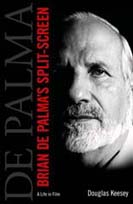



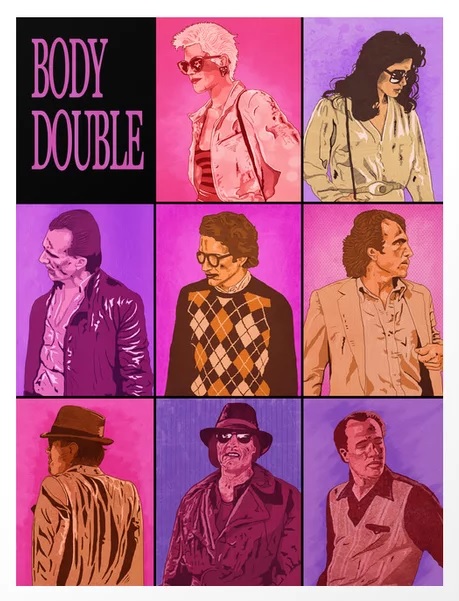
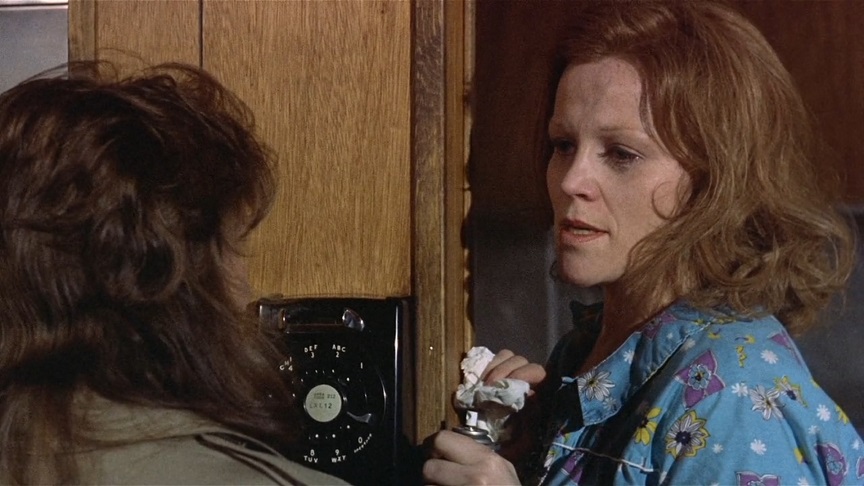
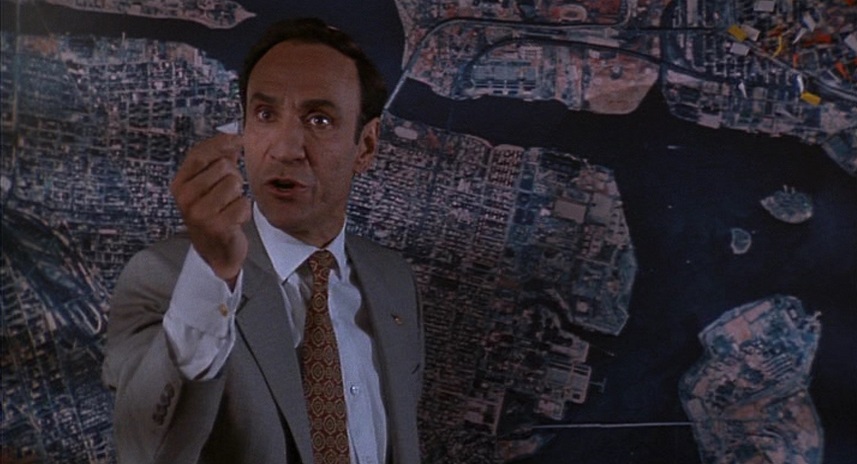
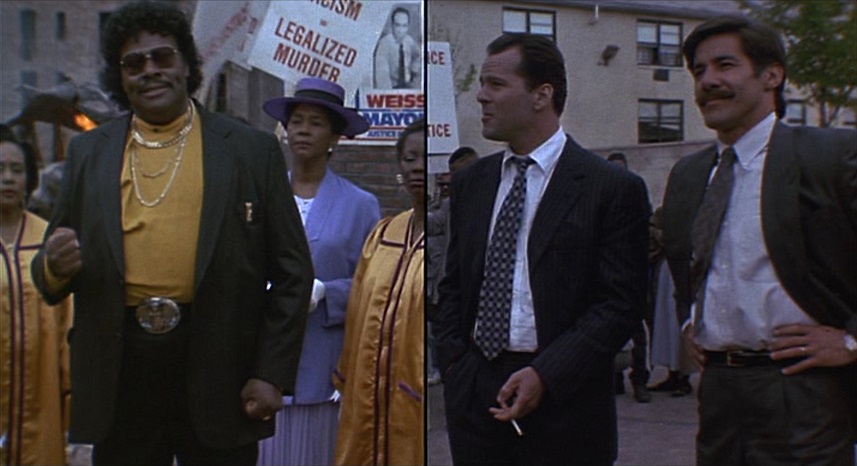

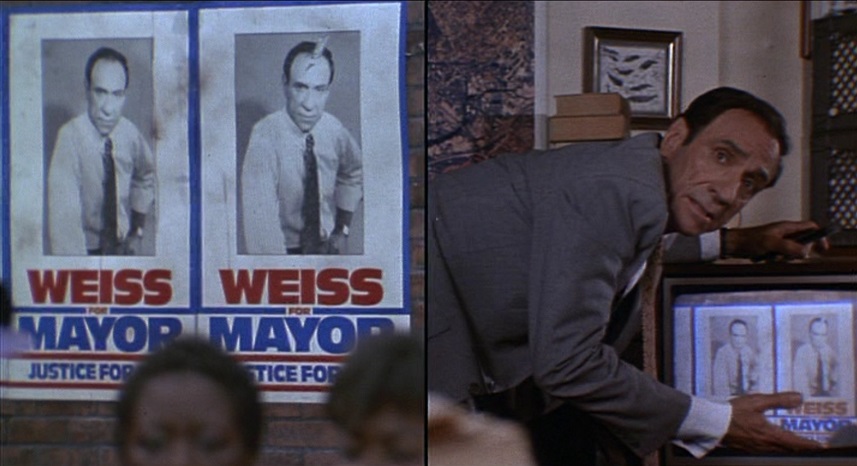
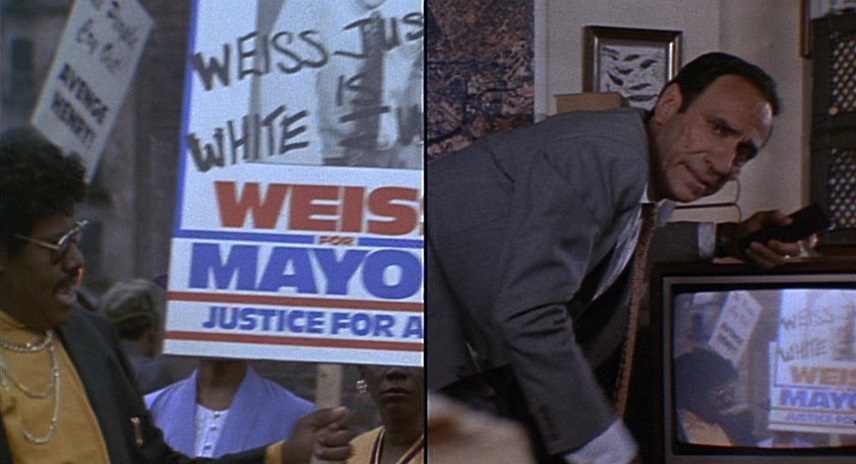
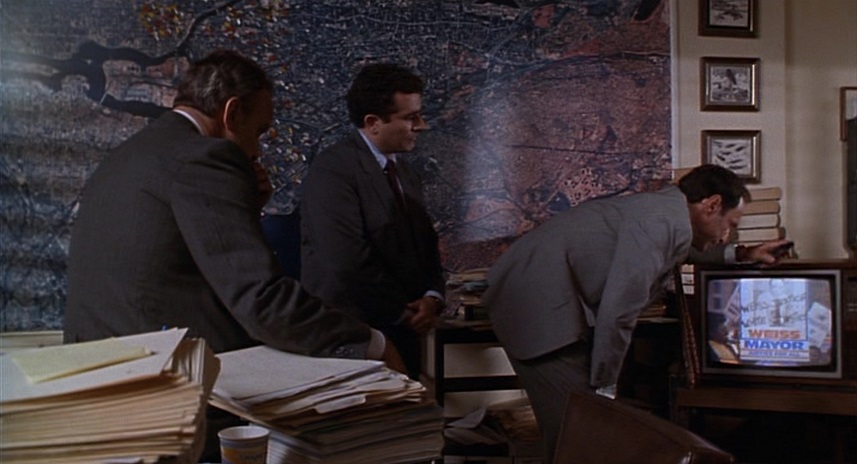

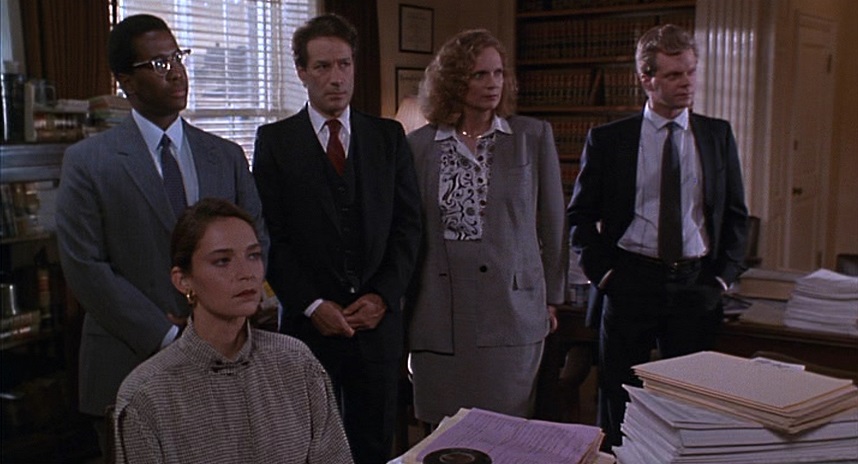


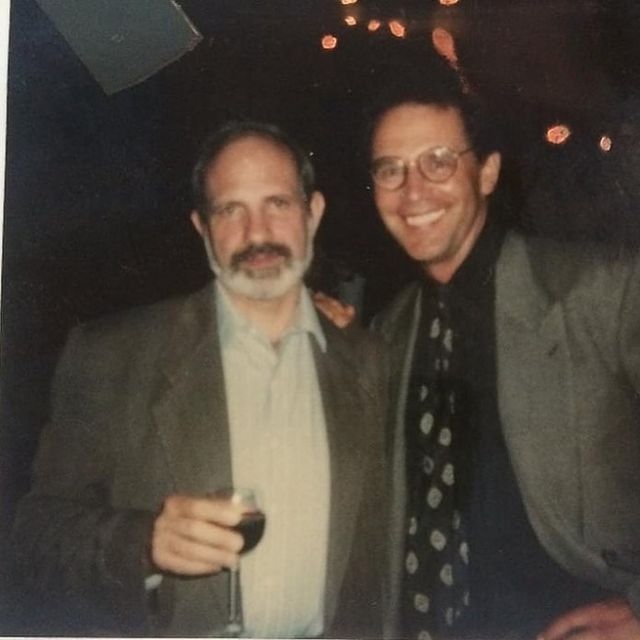
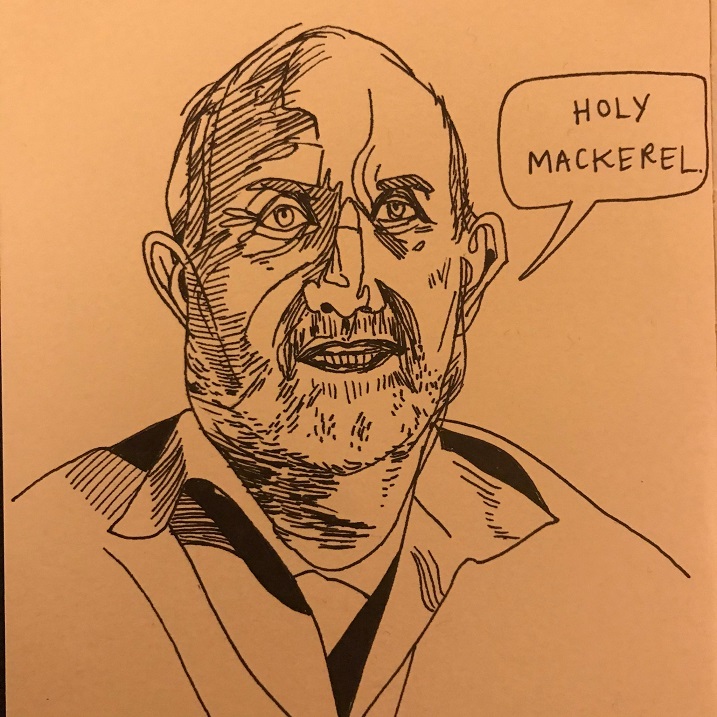
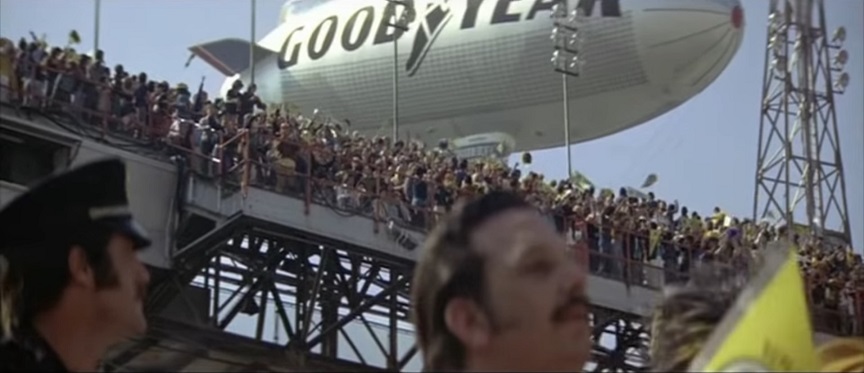
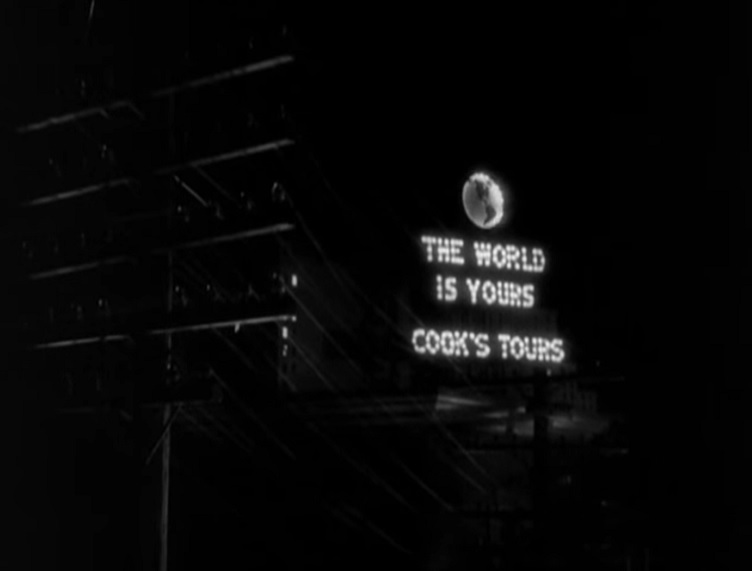
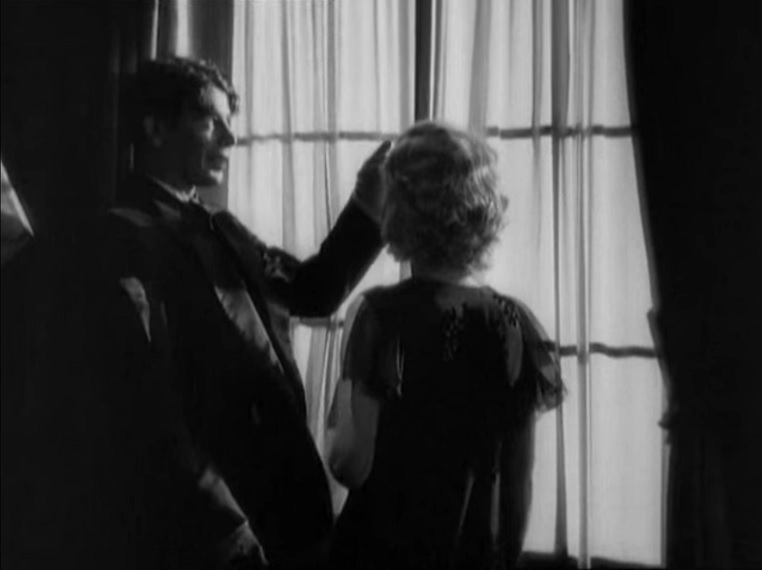

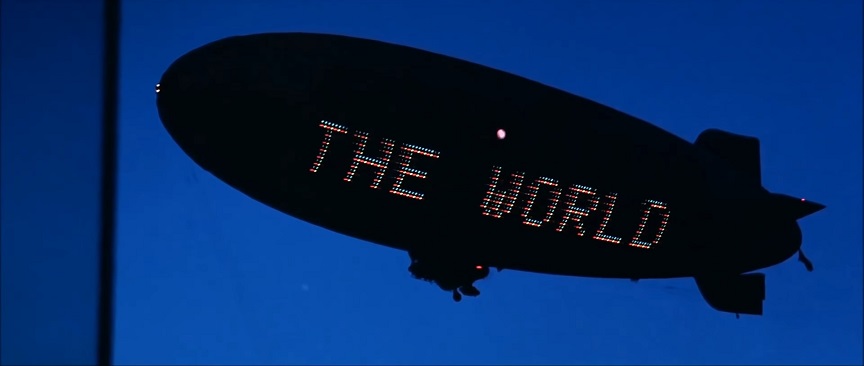
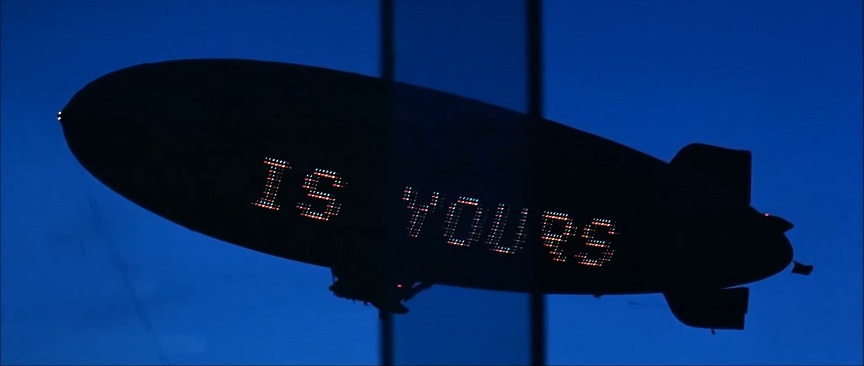
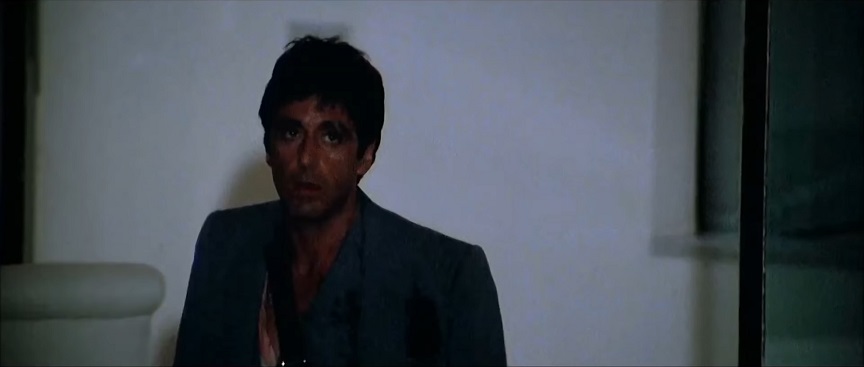
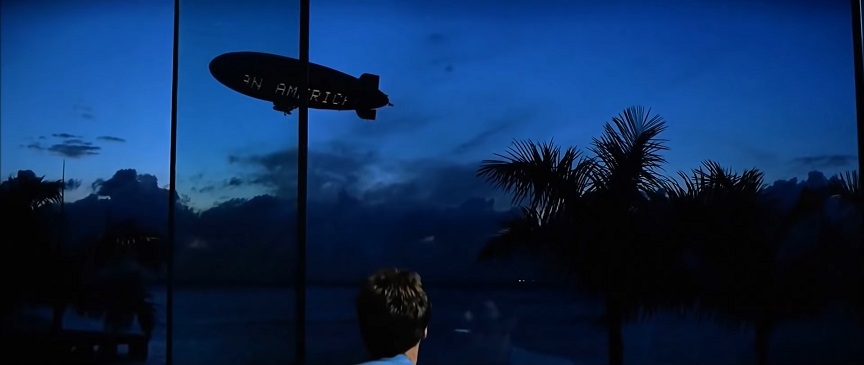
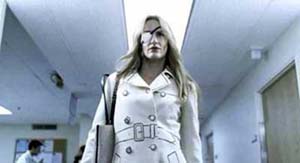 It seemed logical that the split-screen sequence in Quentin Tarantino's Kill Bill Vol. 1, where Daryl Hannah dons a nurse's uniform and whistles a Bernard Herrmann melody while carrying a deadly syringe down a hospital corridor, was inspired in great part by a combination of Brian De Palma's Sisters and Dressed To Kill. On the new DVD release of the film, Tarantino even calls it his
It seemed logical that the split-screen sequence in Quentin Tarantino's Kill Bill Vol. 1, where Daryl Hannah dons a nurse's uniform and whistles a Bernard Herrmann melody while carrying a deadly syringe down a hospital corridor, was inspired in great part by a combination of Brian De Palma's Sisters and Dressed To Kill. On the new DVD release of the film, Tarantino even calls it his 